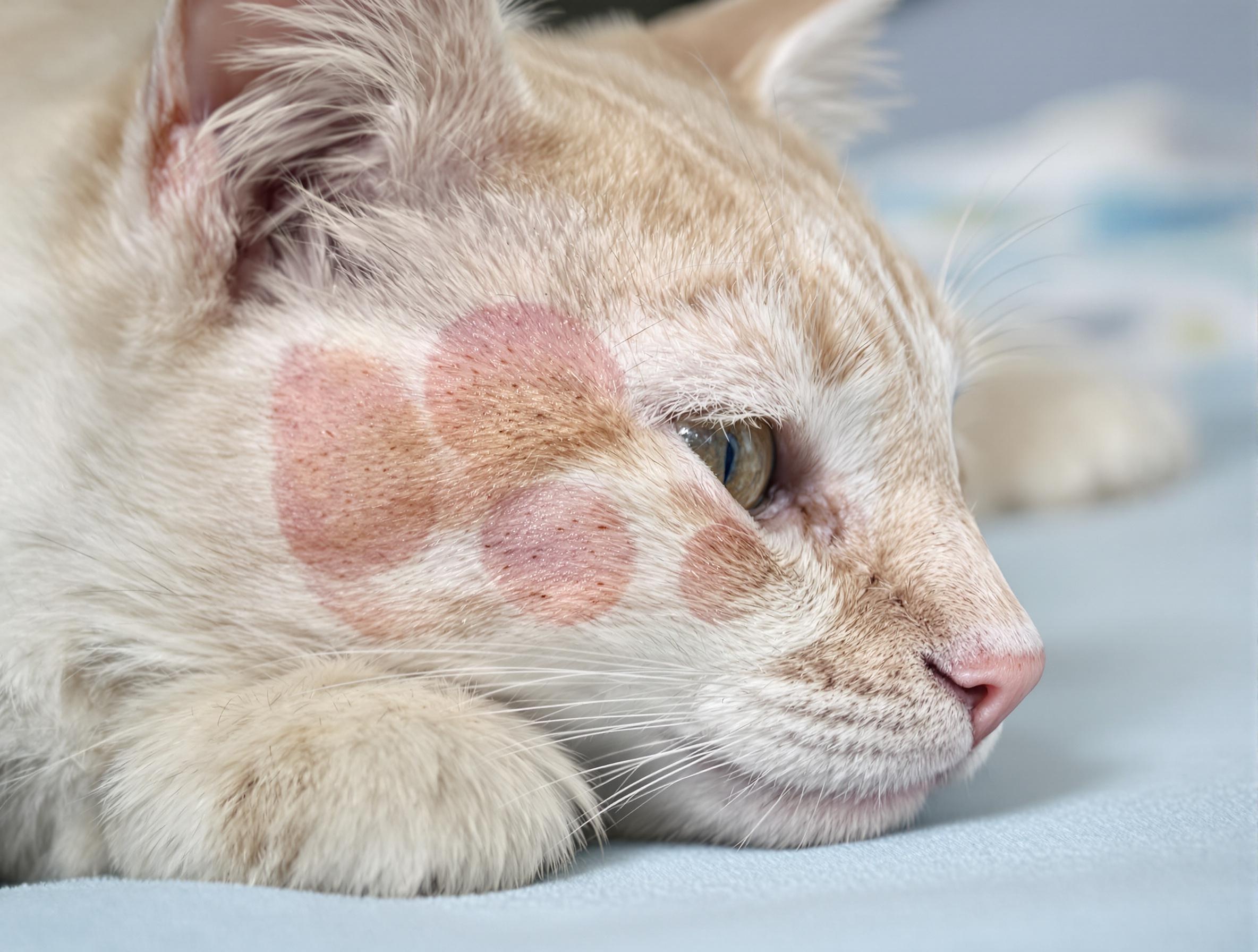
Key takeaways:
- Your cat’s voice is part of how they connect with you. They’re not just making noise—they’re sharing how they feel.
- The same sound can mean different things. Context matters. Pay attention to timing, behavior, and body language.
- When in doubt, ask your vet. New or unusual sounds—especially in older cats—are worth checking out.
Your cat has one of the widest vocal ranges among pets, and they use it in all kinds of ways—to greet you, to ask for help, or to share how they’re feeling. From chirps to meows to trills, every sound is part of their unique way of keeping you in the loop. Picking up on these cues can make it easier to understand what your cat needs—and help you feel more confident in how you respond.
If you’re ever unsure about what a new sound means, or you’re curious about your cat’s behavior, PetHealthMD has plenty of resources to help you dig deeper. You can also explore our cat supplies to support your feline’s health and happiness.
Recognize Why Your Cat Vocalizes
Your cat doesn’t just use its voice to ask for food. Each sound gives you a glimpse into how your cat feels, what it needs, or how it responds to its surroundings.
Try tuning in to the moment a sound happens: Were they startled? Are they watching something outside? Did something about their routine change? For example:
- A sudden trill near the door might be your cat’s way of greeting you.
- Chirping at the window could mean they’re excited about birds or squirrels.
- A late-night howl might come from a senior cat feeling a little unsettled.
You don’t have to interpret every sound perfectly. But by noticing patterns—when and how your cat vocalizes—you’ll respond in ways they understand.
Understand What Different Meows Mean
When your cat meows, they’re reaching out to you. And just like people, your cat has its own way of communicating. Even so, a few common types tend to show up:
- Short meows: Often a friendly greeting.
- Medium-length meows: Usually a request—food, play, or attention.
- Long or rising meows: More urgent and often more emotional.
Tone adds more meaning:
- A soft meow may be your cat asking gently.
- A low, drawn-out one could show frustration.
- A rising meow might mean your cat is anxious or wants something.
Watch their body language—subtle things like pacing, eye contact, or a flicking tail can give you more context about what your cat is trying to express.
Interpret Purring and Hissing
Purring and hissing are at opposite ends of the emotional scale, but they’re both essential communication tools your cat uses.
Purring usually means your cat is relaxed and content. That soft rumble as it kneads a blanket is a classic sign of comfort. But purring can also show up when your cat is anxious or in pain. In those moments, it’s more about self-soothing.
Hissing, on the other hand, is your cat’s way of saying it’s overwhelmed. It’s not always about aggression—it’s more often about fear or discomfort. Flattened ears, puffed-up fur, or a stiff stance are all signs your cat needs space.
Understanding the full picture helps you know when to offer comfort—and when to give your cat room to calm down.

Identify Other Cat Sounds and Their Meanings
Your cat’s vocal range goes far beyond simple meows and purrs. Here are a few other sounds and what they might be trying to express:
- Yowling: A sign of stress, loneliness, or heat-related behavior. Senior cats might yowl when they feel disoriented.
- Growling: A deep warning. Your cat is uncomfortable and asking for space.
- Howling: Often tied to distress or health issues, especially in older cats.
- Snorting or honking: Can be playful—but if it’s frequent, it might be worth mentioning to your vet.
- Trilling: A friendly, rolling sound your cat might use to say hello or invite you to follow.
- Chirping: Usually comes with excitement, especially when they see birds or small moving objects.
The same sound might mean something different depending on what’s happening around them. Noticing the setting helps you understand what your cat is trying to say.
Connect With Your Cat Through Sound
When you start tuning in, those everyday sounds become something more. Your cat is sharing its perspective and strengthening the connection it has with you.
Try setting aside a few quiet moments each day to listen:
- What sounds are most common?
- How do they change based on the time of day or activity?
- What does their body language say alongside those sounds?
As you get more familiar with your cat’s patterns, you’ll feel more comfortable responding in ways they understand. Consider exploring cat behavior and training supplies to help reinforce positive communication.
Common Questions About Cat Sounds
Why does my cat vocalize more than others?
Some cats are just more expressive by nature. It’s often a sign they feel safe and comfortable communicating with you. Sometimes, it simply comes down to personality or breed tendencies.
Should I always respond when my cat meows?
Not every meow needs a response, but your cat’s probably talking to you for a reason. If it sounds like they’re asking for something or just looking for a little interaction, acknowledging them could help build trust.
Why does my cat meow at me when I talk?
Your cat probably isn’t trying to mimic your words, but they’re definitely picking up on your voice. Many cats learn to “talk back” with a quick meow or chirp when you speak to them—it’s their way of keeping the conversation going.
When should I worry about a change in vocalizations?
If your cat suddenly starts vocalizing more, less, or in new ways—especially if it’s older—it’s worth checking with your vet. Voice changes can sometimes point to stress or health issues.
Bring Your Cat’s Sounds Into Focus
Learning to understand your cat’s sounds doesn’t have to be complicated—it’s just about paying attention to what they’re telling you day to day. Some sounds are playful, some are more serious, but they all give you a peek into your cat’s needs or feelings.
If something seems off—or your cat starts making new or unusual sounds—it’s always a good idea to check in with your vet. And if you’re looking for more ways to support your cat’s well-being, explore cat health and wellness products available at PetMeds.





